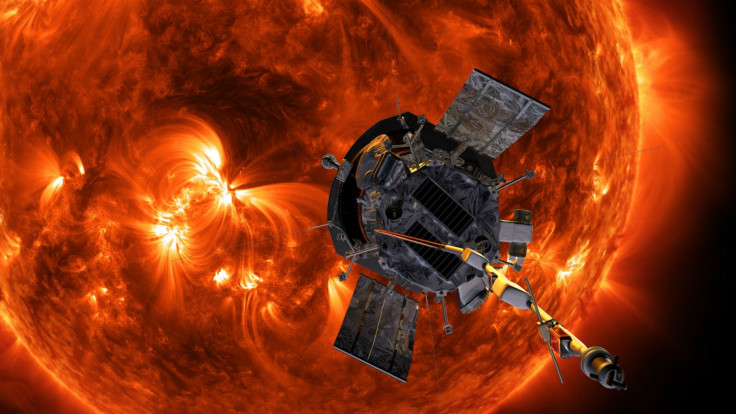NASA’s Parker Solar Probe Records Strange Sounds Of Solar Winds [Listen Here]

KEY POINTS
- NASA's Parker Solar Probe detected the sounds produced by solar winds
- Solar winds accelerate after leaving the Sun instead of slowing down
- The sounds were produced by the interaction of plasma waves and solar particles
For the first time, NASA’s Parker Solar Probe was able to detect the strange sounds produced by solar winds after they form from the Sun’s surface. Researchers working with the agency said the latest data collected by the probe could help them understand the behavior of solar winds.
Since its launch in 2018, NASA’s robotic satellite has already orbited the Sun three times. During the visits, the probe was able to collect valuable information regarding the giant star’s activities.
Recently, the Parker Solar Probe was able to detect the faint yet distinct sounds produced by solar winds. Previous observations revealed that solar winds howl like a hurricane as they travel towards Earth from the Sun’s surface.
But, through the probe’s recent observations, researchers learned that solar winds produce small chirps and squeaks. These small sounds were detected by researchers from the John Hopkins Applied Physics Laboratory, which operates the Parker Solar Probe for NASA.
“We are looking at the young solar wind, being born around the Sun,” the probe’s project scientist Nour Raouafi said in a statement. “And it’s completely different from what we see here near Earth.”
According to the researchers, these small sounds could help explain the behavior of solar winds. Solar winds are formed when plasma containing highly charged particles is emitted from the Sun’s upper atmosphere, which is known as the corona. However, instead of slowing down after leaving the Sun’s surface, the particles speed up, reaching an average velocity of 1 million miles per hour.
Through the probe’s Electromagnetic Fields Investigation instrument, the researchers discovered that solar winds contain plasma waves that the highly charged particles such as electrons and protons can ride as they leave the Sun. These waves can propel the particles, which explains the acceleration of solar winds as they travel across space.
The researchers noted that the faint chirps and squeaks they heard from solar winds were produced by the interactions between the plasma waves and the particles.
“We are seeing new, early behaviors of solar plasma we couldn't observe here at Earth, and we're seeing that the energy carried by the waves is being dissipated somewhere along the way, to heat and accelerate the plasma,” Raouafi explained.
© Copyright IBTimes 2024. All rights reserved.





















